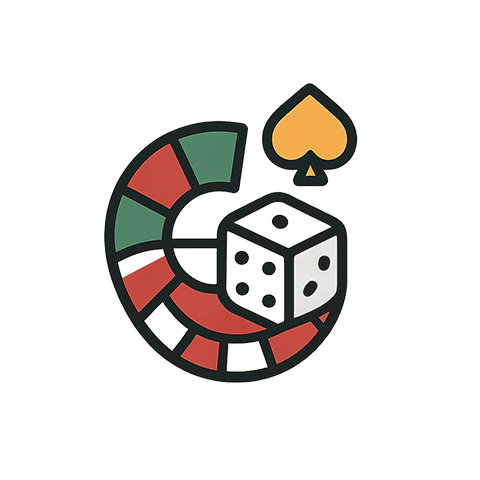Understanding the Call: More Than Just Staying in the Hand
In the intense world of poker, the act of a call often gets overshadowed by flashy bluffs and big raises. Yet, mastering the art of the call is a critical skill that every serious player must develop. It’s not just about matching a bet; it’s about timing, reading opponents, and understanding the geometry of the game. The call embodies patience and insight, two qualities that can transform your poker strategy from ordinary to extraordinary.
The Psychology Behind the Call
Calling requires a distinct mindset. Unlike aggressive plays that aim to control the pot or intimidate opponents, calling is about subtle strength. It signals that you have something worth protecting or exploring without revealing your full hand strength. This nuanced approach can create a powerful psychological edge, encouraging opponents to underestimate you or leading them to make costly mistakes.
When to Call: Key Factors to Consider
- Hand Strength and Potential: Consider not only your current cards but also the possibilities of improving on future streets. Calling with a drawing hand can be profitable if the pot odds justify it.
- Opponent Types: Tight players may fold to aggression, so calling might extract more value. Conversely, against loose opponents, it can be a way to control the pot size and avoid unnecessary risks.
- Position: Your place at the table is crucial. Calling in late position often offers more information about other players’ actions, making your call more informed and effective.
- Stack Sizes: The amount of chips you and your opponents have can influence whether a call is prudent. Deep stacks might encourage calling to chase bigger pots, while shorter stacks might require more selective calling.
Using the Call to Set Traps
One of the most sophisticated uses of the call is to set traps for opponents. By calling instead of raising, you may induce a false sense of security, prompting aggressive players to bet or raise themselves. This tactic can allow you to capitalize later, turning their aggression against them.
Balancing Your Call Frequency
Too many calls can make you predictable, inviting opponents to bluff frequently against you. Too few, and you might miss valuable opportunities to see profitable flops and realize your hand potential. Striking the right balance requires self-awareness and attentiveness – key traits of a skilled poker player.
Embracing the Art of the Call
Ultimately, the call is a reflection of restraint, calculation, and respect for the game’s deeper layers. It’s about knowing when to hold back and when to engage fully, blending patience with strategic aggression. Mastering this art transforms poker from mere chance into a compelling contest of wills and wits.




